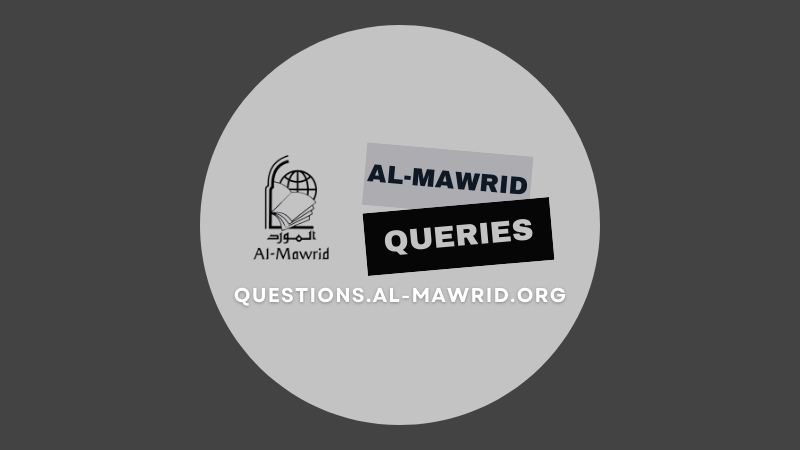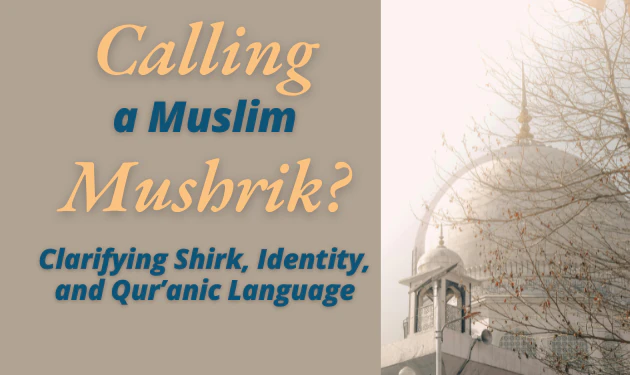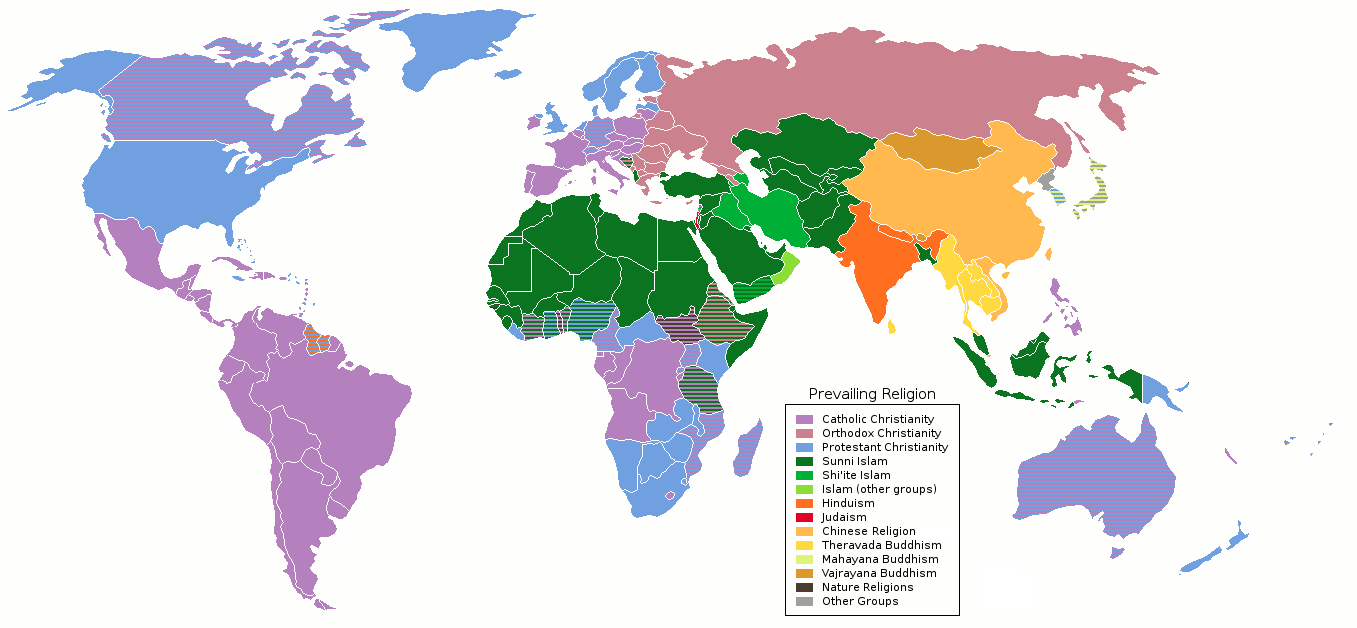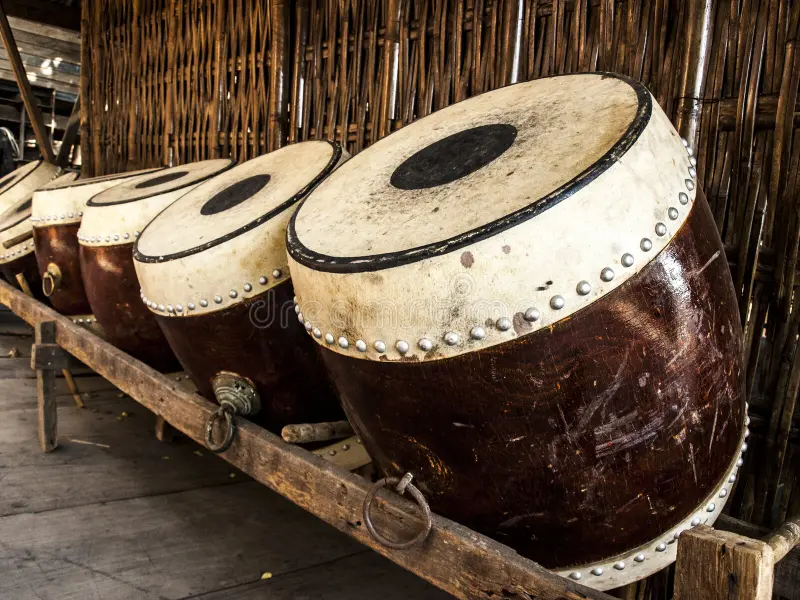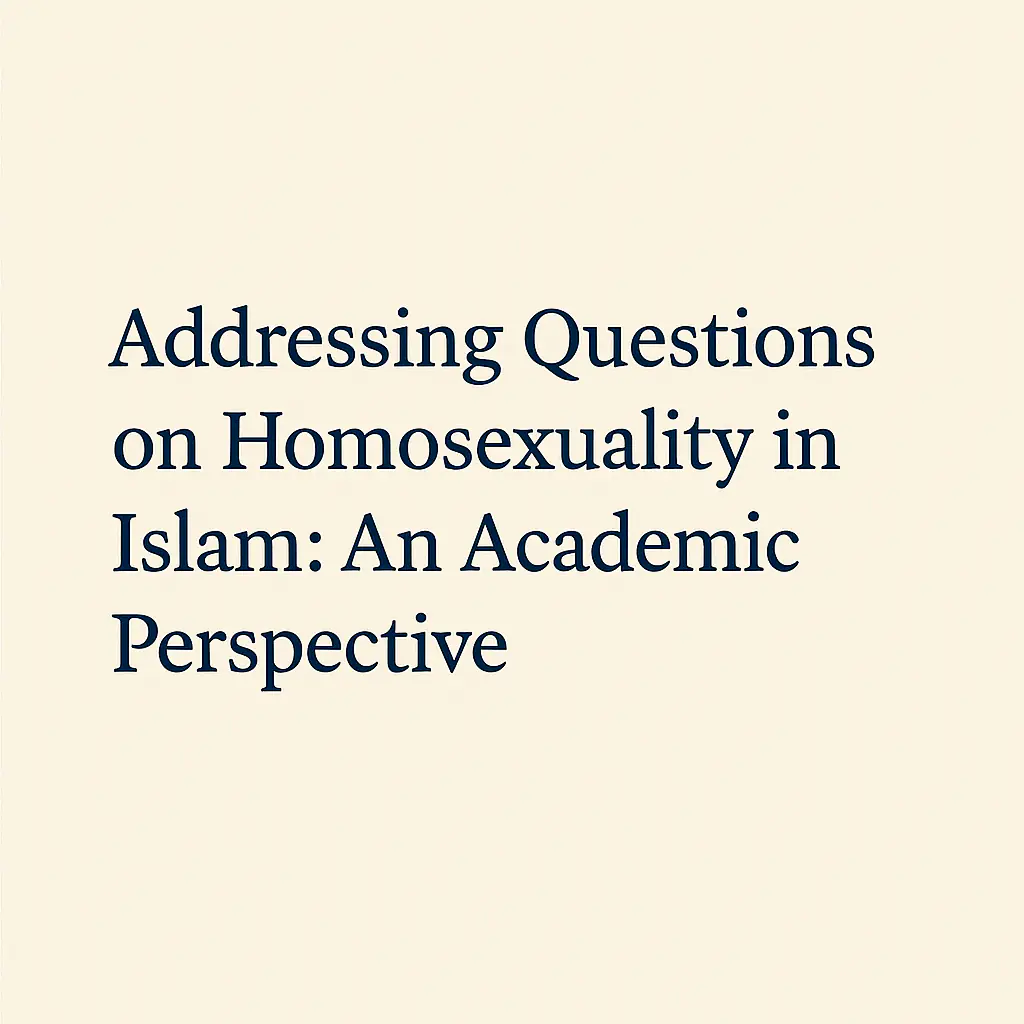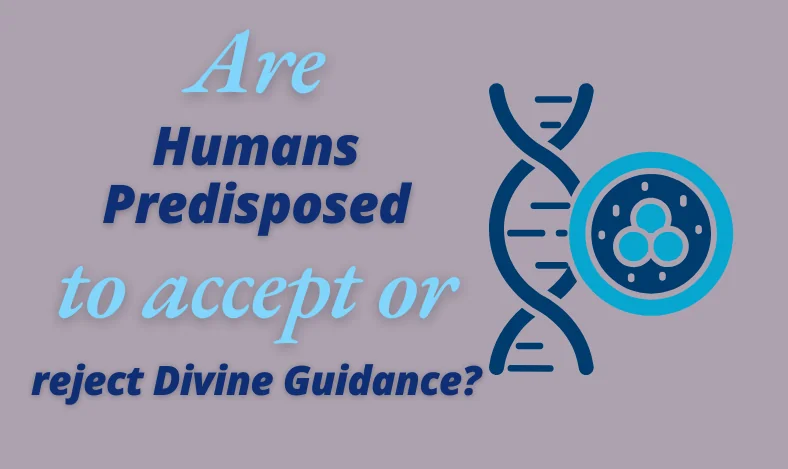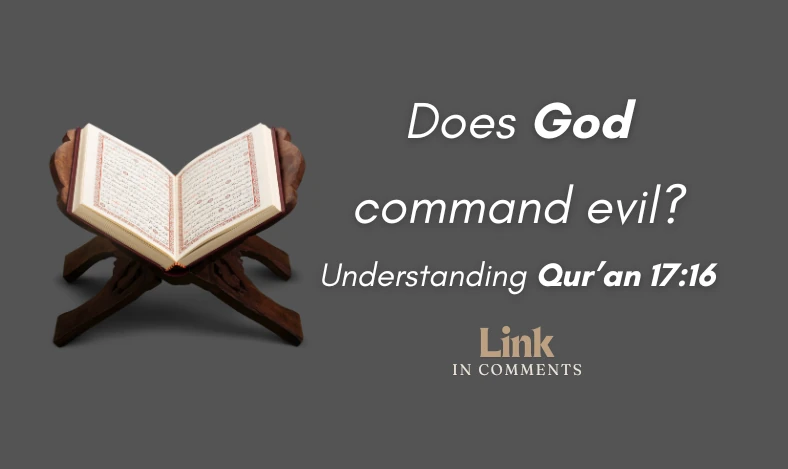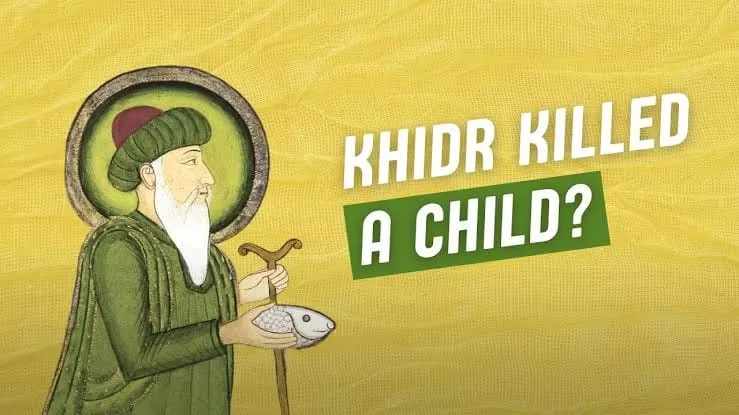Question
I came across a book called “Islamic Geography” by Dan Gibson. The author has presented a thesis based on his research (historical records, archaeological evidence etc.) that Mecca was not the original holy city of Islam – it was the city of Petra instead. Here is a link to the relevant section of the book: http://www.searchformecca.com/Mecca%20Question.pdf Can you look into these claims with academic honesty, and come up with a critique?
Answer
I have not yet read the entire book “Qur’anic Geography” by Mr. Dan Gibson. I certainly like to hold a copy and read it as it sounds like a very informative and interesting book.
The extract that you referred me to is in fact a summary of the last chapter of this book where the author challenges the common understanding of the Holy City and Qibla in Islam. You might be interested to know that this line of reasoning has been started before Gibson and there are other authors like Patricia Crone and Michael Cook who have made similar arguments.
What I am writing here is based on my reading of this extract:
As an academic I appreciate any academic research and its value even if it suggests things that might go against what I think is true. However a pure academic research has some features that are considered as its core values ad merits and the reason it is called ‘academic’. Among them are:
– Appreciating the long distance between what may be considered as ‘indicating evidence’ and what can be called ‘fact’.
– Appreciating that ‘facts’ do not necessarily lead us to a single ‘conclusion’.
Now, when I read the end of this writing, I find a comment that to me is not very academic, considering the evidences and arguments presented throughout this writing.
The author quotes from Gibson:
“I see no other way of interpreting the facts I discovered” p.21.
Here is where, we have a statement that is academically problematic.
When I read the entire writing I do not see much facts, I only see what can be considered as observations, subject to different interpretations. I also do not see a single way of interpreting these observations, I only see an interpretation made based on presumptions and personal opinion.
I list some of these ‘facts’ and ‘interpretations’ here:
The author argues that in books like Tabari there are references to trees, he then concludes: “it is hard to imagine this happening where Mecca is located today” (p.3)
Later he refers to historians who write about big armies in the holy city and concludes by the way of questioning:
“archaeological evidence leads us to believe that Mecca was a small place in a harsh environment. How then could it have produced such armies?” p.4
In a similar way of pointing to ‘facts’ leading to ‘the only possible interpretation’, you read:
“These early descriptions mention Mecca’s city walls. Gibson aptly points out that Mecca today does not have … city walls” p.9
In page 5 we read: “for over a hundred years after Muhammad’s death, many newly constructed mosques continued to point to Syria.” p.5
Please read this article to see how this has been explained by pointing to the use of astronomical alignment tools at the early times of the Muslim history and its consequences and also to see where many of these mosques were actually pointed to:
http://www.islamic-awareness.org/History/Islam/Dome_Of_The_Rock/qibla.html
We have here Gibson relying on a text that does not exist:
“Gibson then take us to an ancient book known as the Zumurrud. While the text of this book has not survived to our times, we can surmise what was in it from the writings of various later scholars who quoted it and argued against it” p.10
When facing obvious contradictions with the theory that is in the process of being made, we find the author uses the same approach to overcome these contradictions:
Here is the contradictory evidence:
“Gibson noted that the mention of the city of Petra was missing in all early Islamic literature.”
and this is how Gibson deals with it, as explained by the author of the extract:
“If Petra was the first Islamic Holy City before the Black Stone was moved to Mecca, then would it not make sense that later editors would eliminate every mention of Petra? ” p.10
“would it not make sense” (whether it is the exact words of Gibson or the author of this extract) is what makes this writing miles away from a creditable academic research.
In page 13 and 14 we read another work of guess as ‘the only way of interpreting the facts’:
“Ibn Zubayr may have chosen a remote place in Arabia to distance himself from the Umayyad powers in Damascus and built a
new Ka’ba sanctuary there.” p.13
“Al Tabari provides us with several pages of history for each year during this period but when he comes to 70 AH all he tells us is
that Ibn Zubayr purchased large numbers of horses, camels and baggage, leading Gibson to assume that some of Zubayr’s people moved to Mecca where 13they now placed the Black Stone in the new Ka’ba sanctuary.” p.14
The final conclusion in this extract is very interesting:
“If the Qur’an is the exact word of Allah and a duplicate of the original one is in heaven, then it cannot be changed or corrected. …
There are also strong indicators that later writers tampered with sacred texts and constructed new histories that supported their theories.”
Overall:
As a student of Islam I remain thankful to Dan Gibson for providing so much information and illustrations in his book that should be the result of a very long period of hard work.
As an academic, judging from the extract and the summary that is provided, there is not much for me in there to take in, analyse and respond to. I am for now convinced by the plenty of evidences that exist in sources like the historical works, the city of Mecca itself and those indicated in the Qur’an. I think these evidences are closer to ‘facts’ than those provided in the writing you referred me to. I also think these evidences point to a more reliable conclusion, than the one that is made in that writing.
Answered by: Farhad Shafti
Date: 2014-12-10

